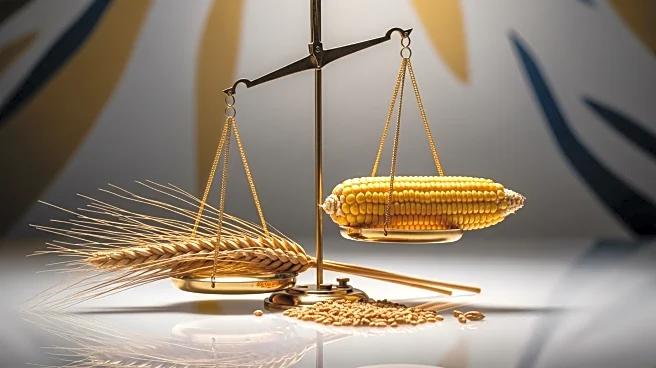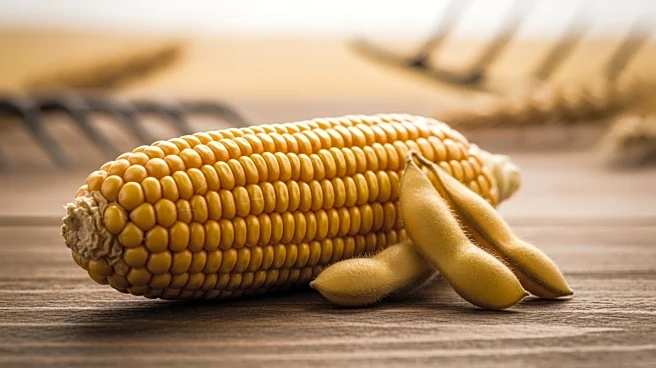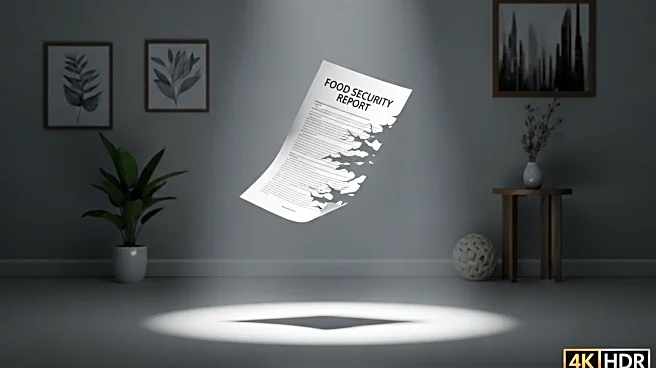What's Happening?
Since 2018, the USDA and Congress have provided nearly $176 billion in inflation-adjusted economic assistance to American farmers. This includes an average of $6.5 billion per year from commodity subsidy programs and $15.5 billion per year in ad hoc or supplemental assistance. Recently, President Trump signed the One Big Beautiful Bill Act, which included the Reconciliation Farm Bill, further increasing commodity subsidies. Despite these efforts, the agricultural sector faces challenges due to tariff policies and trade conflicts that have damaged commodity exports. The Emergency Commodity Assistance Program (ECAP) was created to provide assistance, with over $8 billion in payments made to farmers. However, the effectiveness of these payments is questioned, as they do not address the fundamental supply and demand imbalances in agriculture.
Why It's Important?
The extensive financial assistance provided to farmers highlights the ongoing struggles within the agricultural sector, exacerbated by international trade conflicts and tariff policies. These payments, while offering temporary relief, do not solve the underlying issues of supply and demand imbalances. The reliance on government payments can lead to increased land and input costs, affecting the competitiveness of smaller farms and new entrants. Additionally, these payments can entrench existing production systems, stifling innovation and adaptation. The broader impact on the agricultural economy includes potential long-term consequences for land use and environmental sustainability, as federal policies influence farmers' decisions on land production.
What's Next?
The future of American agriculture may require a shift from reliance on government payments to more sustainable solutions that address supply and demand imbalances. This could involve policy changes that encourage innovation and adaptation, rather than reinforcing existing systems. The expiration of the Conservation Reserve Program poses a risk to land use management, highlighting the need for policies that integrate conservation efforts. As the agricultural sector faces potential loss of export markets, adjustments in production costs and practices may be necessary to ensure long-term viability.
Beyond the Headlines
The historical context of agricultural policies reveals the cyclical nature of supply-side responses to demand-side problems. Lessons from past eras, such as the Soil Bank and Conservation Reserve Program, suggest that integrating conservation into policy designs can mitigate negative impacts on land use. The challenge lies in balancing immediate financial relief with long-term sustainability and innovation in farming practices. As the sector navigates geopolitical challenges and market shifts, the role of government in shaping agricultural policy will be crucial in determining the future landscape of American farming.












